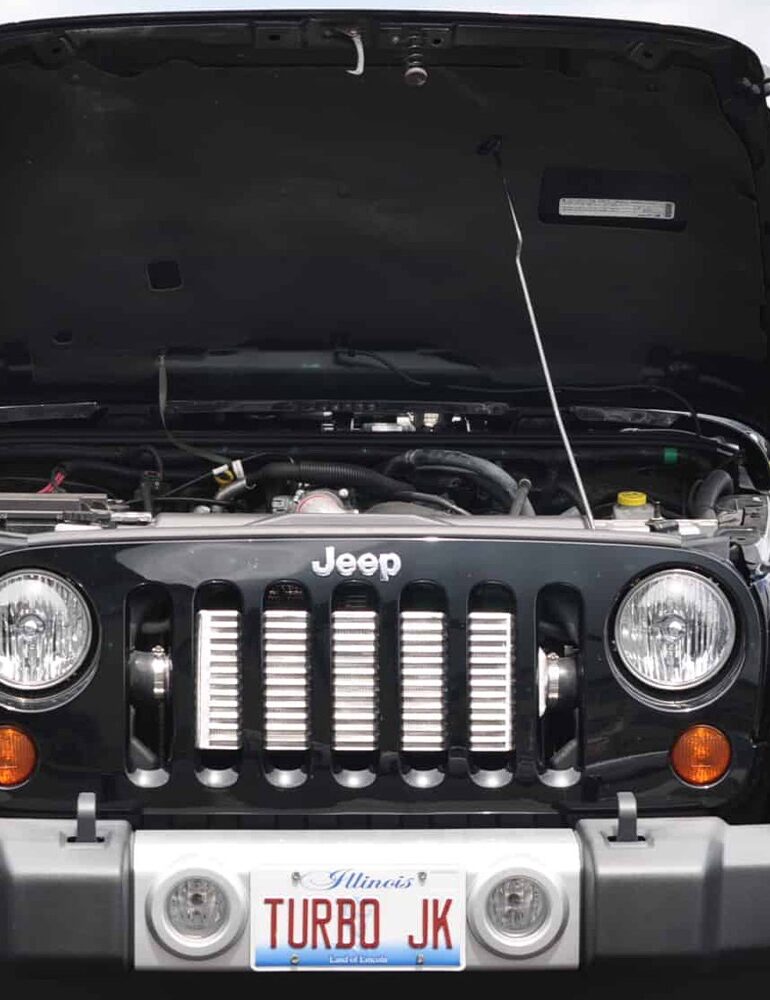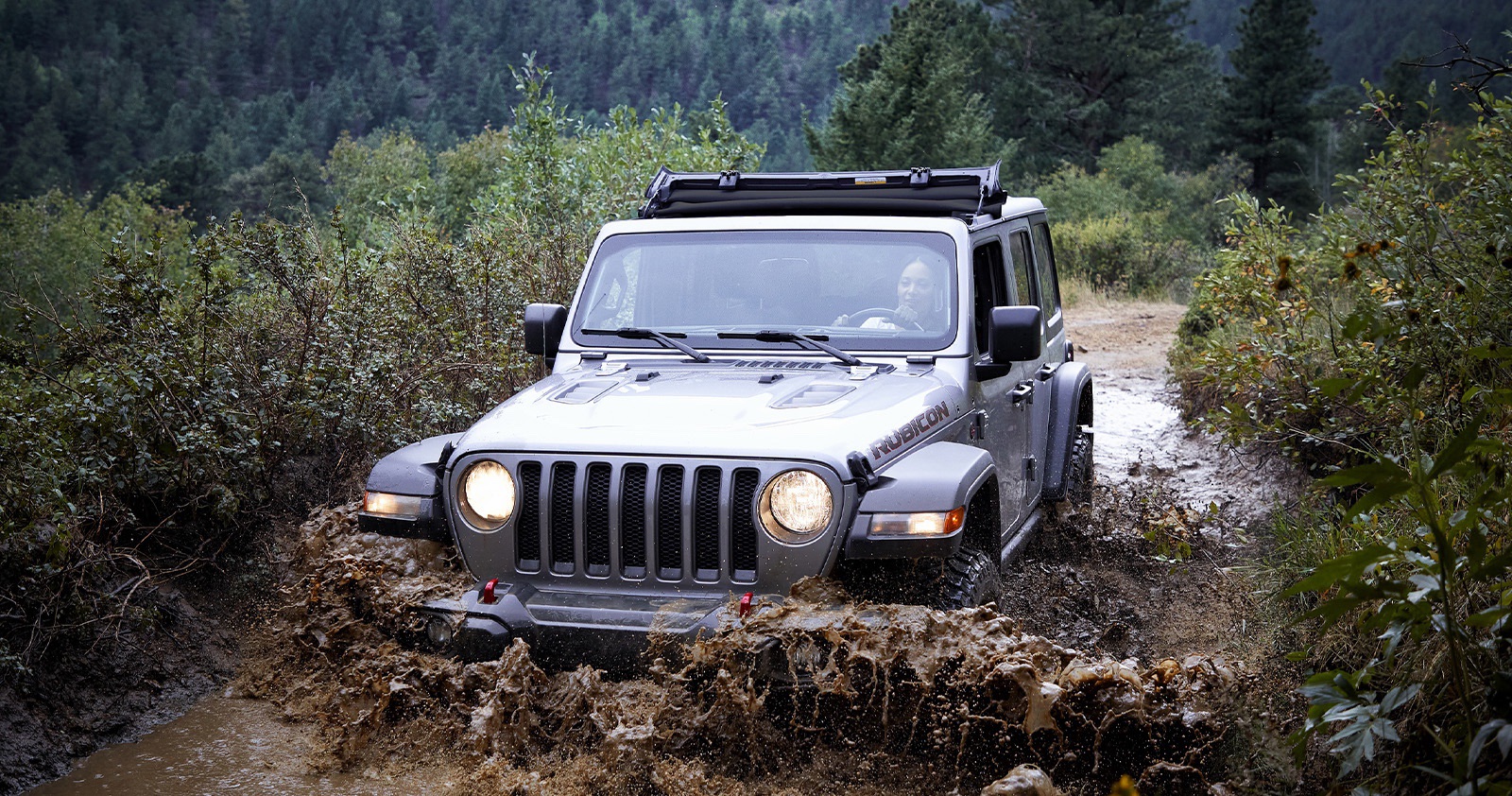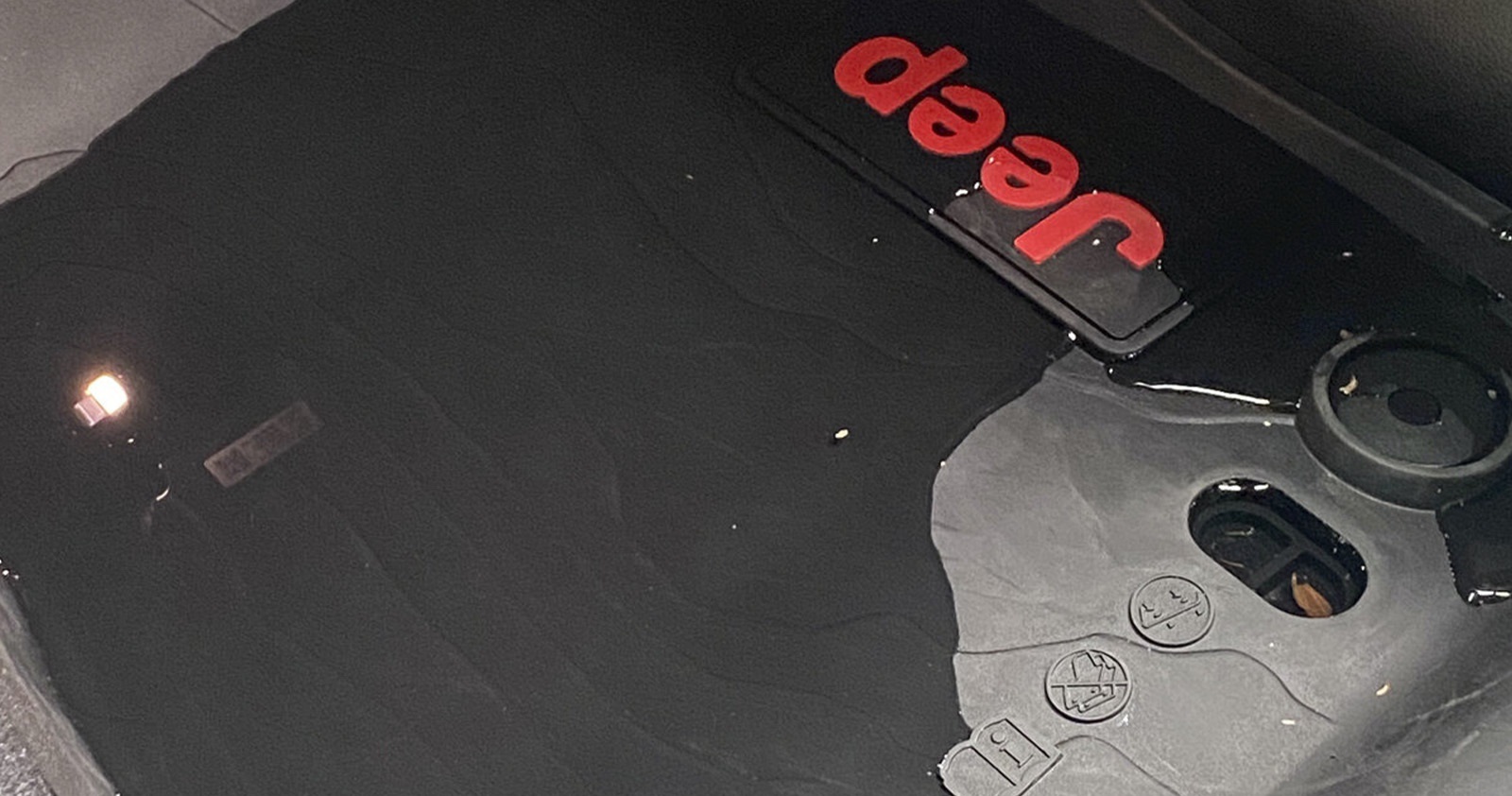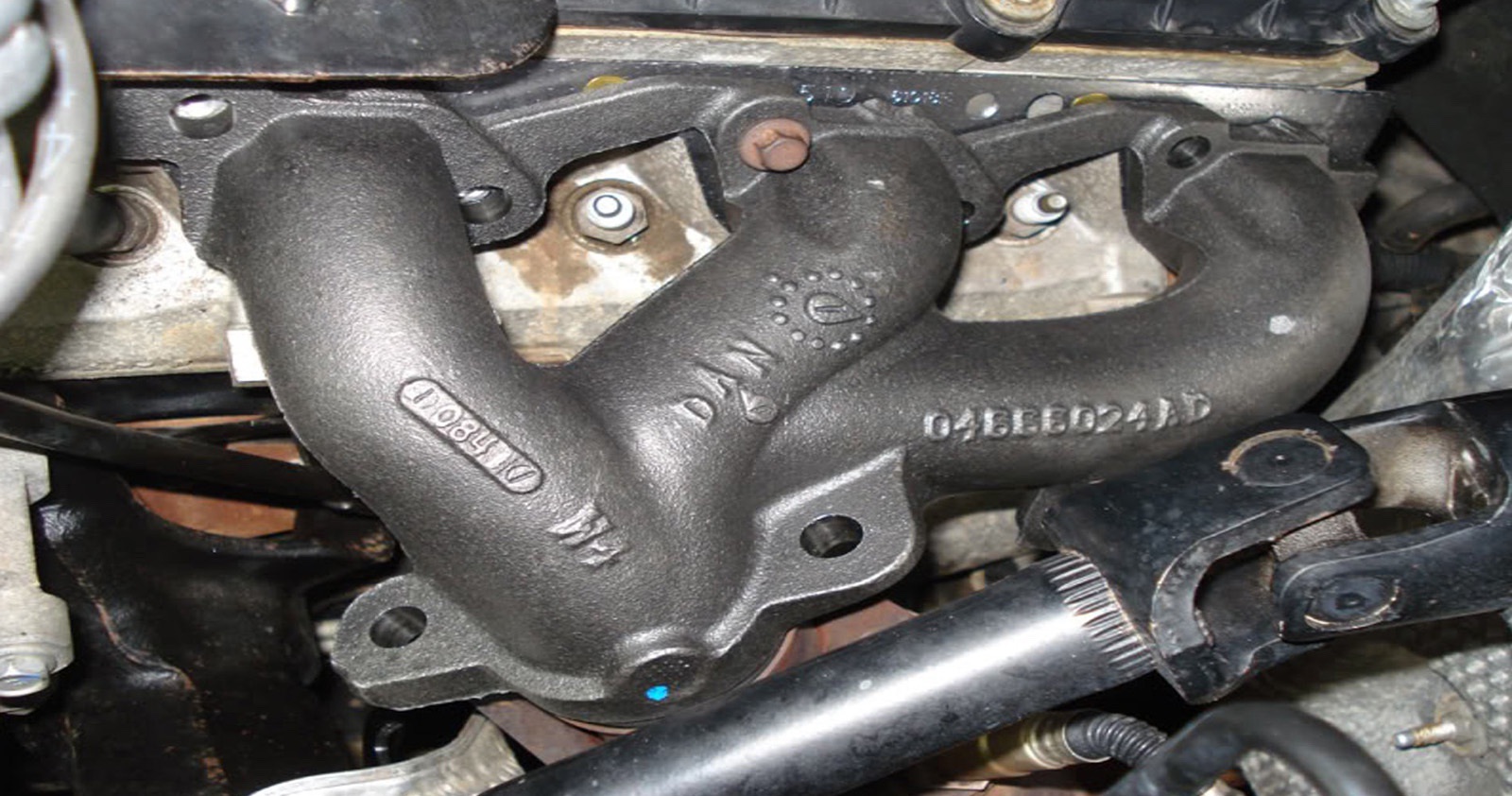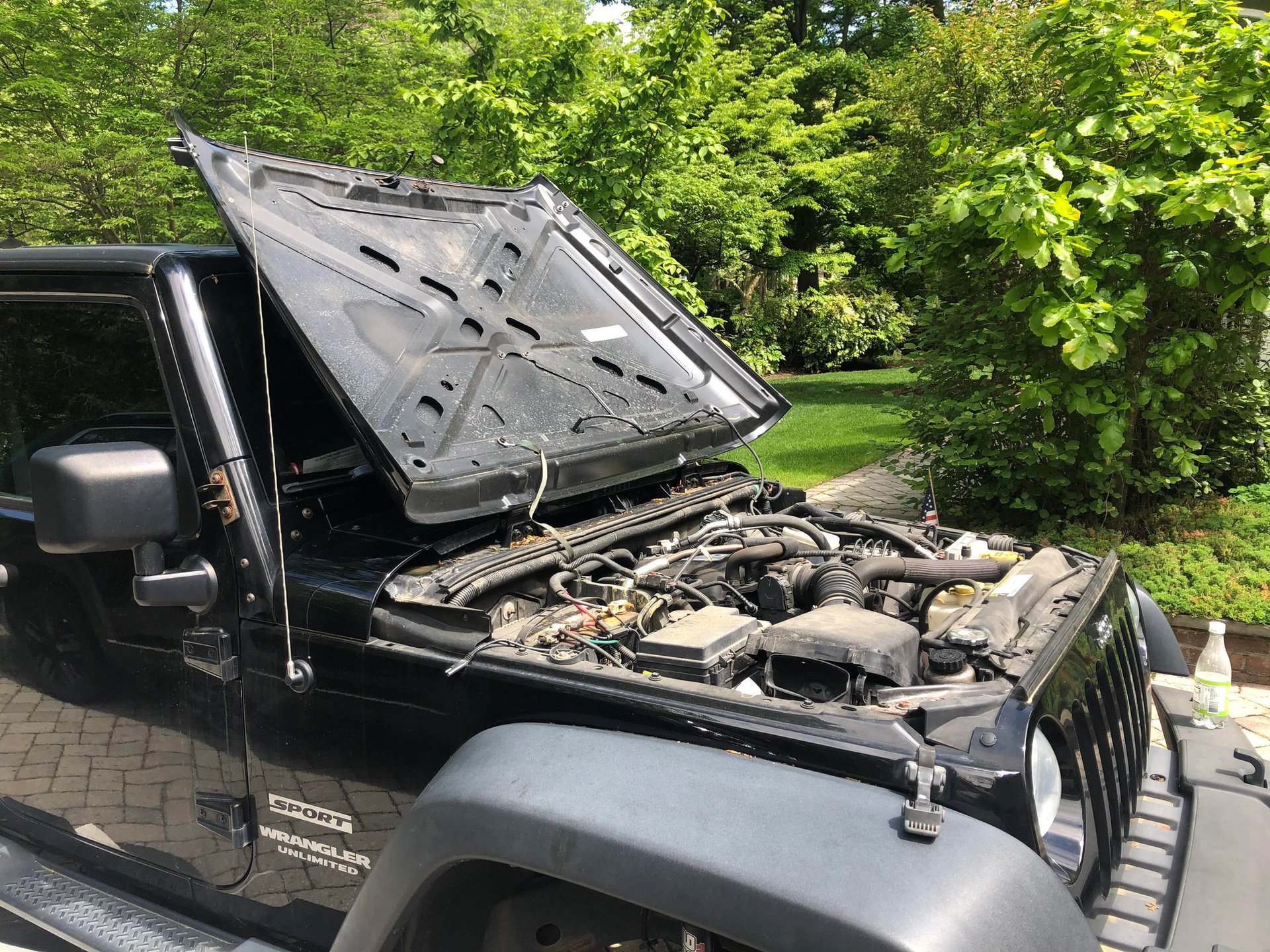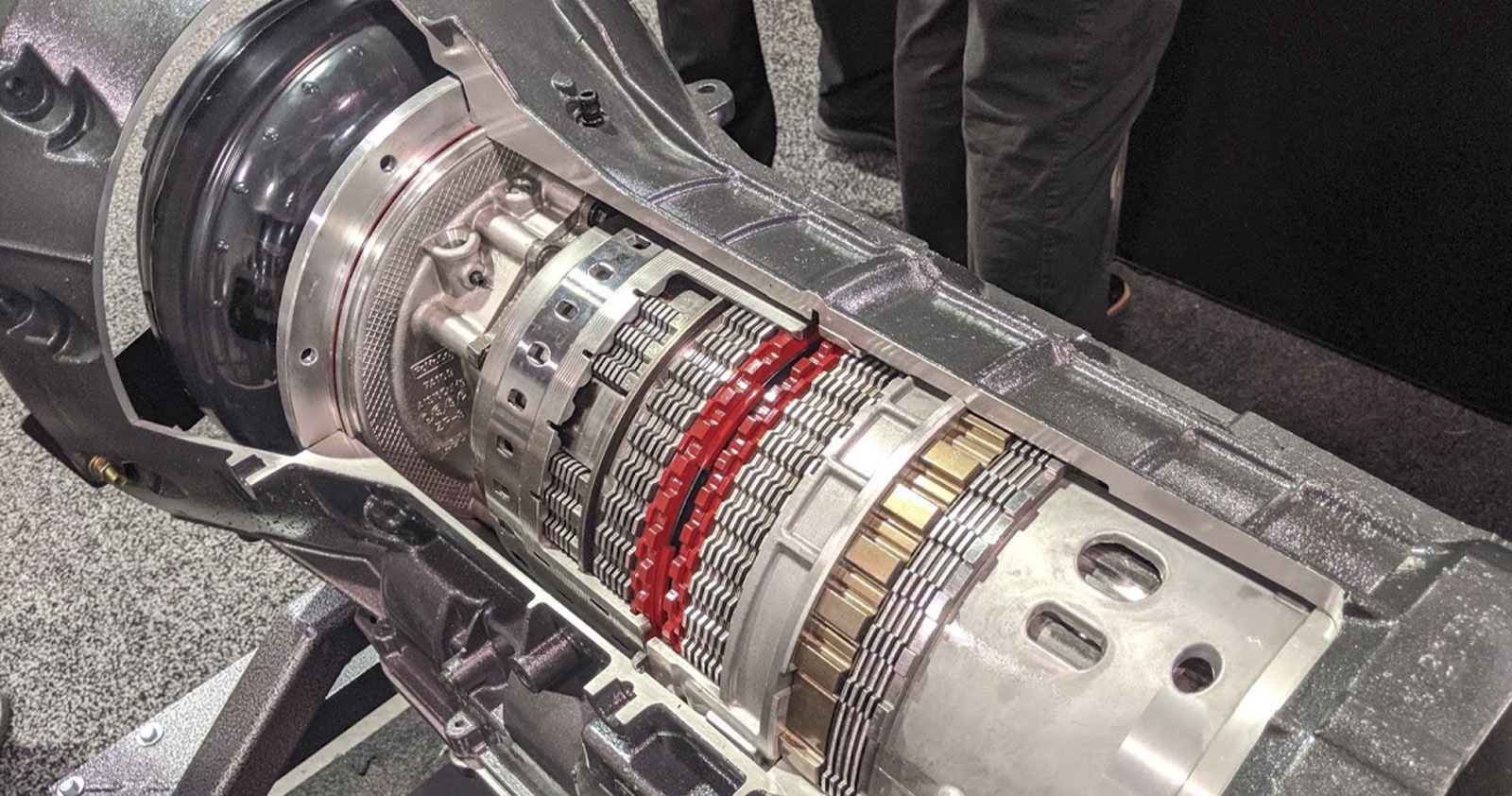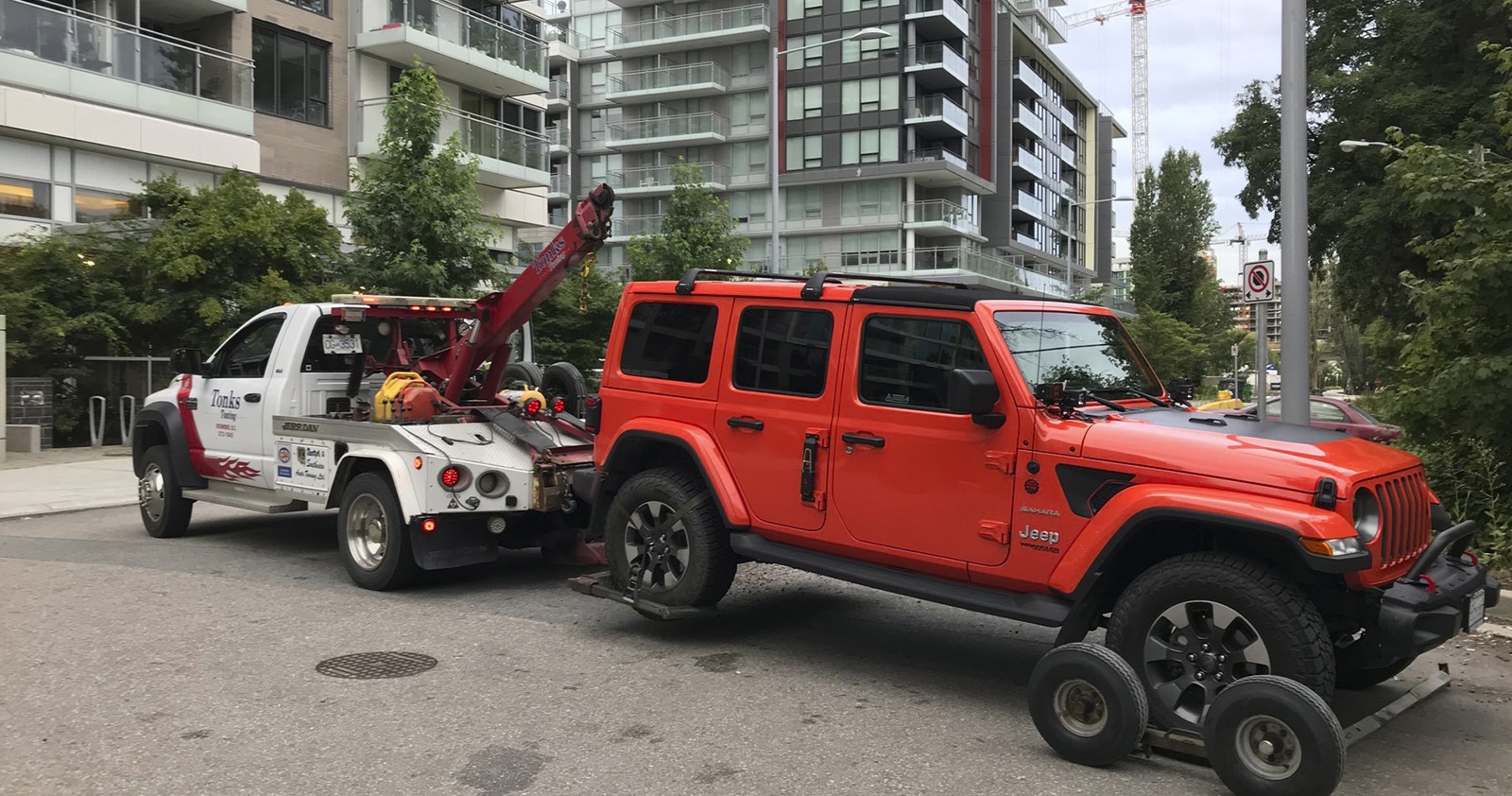Throughout automotive history, we’ve come to know many car brands and models characterized by their high reliability over the years—but sometimes, it’s the lack thereof that gets more attention.
Of course, any automaker’s products can suffer from recurring issues—and Jeeps are no exception. Whether it’s a Wrangler, Patriot, or Grand Cherokee, each Jeep model has its own peculiarities and problems. Even if you’re not a Jeep guy, you’ve probably heard Jeep owners say, “it’s a Jeep thing.” And this is precisely what they’re referring to.
It’s worth mentioning that this list of the eight most infamous problems with Jeeps over the years should not discourage you from acquiring a Jeep. Instead, as Jeep enthusiasts ourselves, our goal is to inform and help new or potential owners become familiar with the quirks and common problems they can expect when entering the Jeep community.
#8: Death Wobble
The death wobble is perhaps the most infamous problem in the Jeep world. This happens when the front axle oscillates violently, causing the car to shake or wobble and making it hard to handle.
This issue is not exclusive to Jeep, although it happens to Jeeps the most because they are coil-sprung with a solid front axle setup. So, since both front wheels are connected by a solid steel tube, the motion transfers through the axle to the other wheel when one wheel wobbles.
There are a few reasons you may experience the death wobble:
- Poor alignment
- Unbalanced tires
- The loose steering stabilizer bar
- Worn ball joints
If you’re in the market for a second-hand Jeep, you should inquire about each of the issues above and inspect the car to avoid experiencing the death wobble after you buy it.
Via: Newsweek
#7: Electronic Swaybar Failure
Another common suspension problem on Jeep models from 2005 onwards is the electronic sway bar disconnect system. The electronic swaybar disconnect system, also known as stabilizer or anti-roll bar, is a suspension component that helps level the vehicle and prevent excess sway through turns. Although this system is excellent for the road, it reduces the articulation you’d want in an off-road suspension.
Often this electronic swaybar won’t reconnect for everyday driving, so owners are stuck with whatever setting they had in the swaybar before the system failed.
This system fails because of defective electronic housing seals that disintegrate—resulting in poor circuit board electrical insulation that allows water to get in and mess up the sway bar controller.
If you’re left with the electronic swaybar system disconnected, you might feel less confident and less in control on the highway or on curvy roads.
Via: JL Wrangler Forums
#6: Cabin Water Leaks
Jeep owners expect to drive their vehicles off-road without experiencing the outside weather inside the cabin.
However, Patriot, Cherokee, and Wrangler owners have all reported water leaking from the upper corners of the front doors into the cabin during wet conditions. And sometimes, it isn’t a minor leak, as some owners have reported pooling water on the vehicle floor.
You can find plenty of online complaints from Jeep owners about water leaking into the cabin around the doors and windows, and even from the front dome light. Additionally, there are many reports of wind noise in Wrangler tops, both hard and soft, due to worn seals.
Via: JK Forum
#5: Exhaust Leaks
Some Jeep models, especially the 4.0-liter six-cylinder engine from the 1987-2001 Cherokees, the 1993-2004 Grand Cherokee, and the 1991-2006 Wrangler, are known for developing exhaust leaks. In addition, the 4.7-liter V8 in the 1999-2009 Grand Cherokee is also prone to developing exhaust leaks.
This was because of cracks in the exhaust manifold resulting from repeated heating and cooling cycles. So, if your Jeep is any of the above and you’ve noticed ticking sounds, or the smell of exhaust coming from the engine bay, or even poor mileage, these could be signs you have an exhaust leak.
Since this is a widespread problem, many aftermarket manifolds have been made to withstand cracking better than the OEM part. You might want to consider purchasing one.
#4: Ignition Switch Recall
If you own or are considering buying a 2006 or 2007 Grand Cherokee or Commander, you should know these Jeep models are prone to an ignition switch fault that resulted in a recall by the National Highway Safety Administration (NHTSA).
Unfortunately, if you are only hearing about this problem until now, there’s a good chance you missed the recall on their ignition switches that caused the engine to switch off while driving.
If you’ve experienced this issue, you should take your Jeep to your dealer as soon as possible so they can deal with the problem.
#3: Faulty Window Motor
Among Jeep models, the Grand Cherokee and Liberty are known to have faulty window motors and regulators. This fault would cause the windows to suddenly drop into the door while driving or the motor to burn out and fail completely.
Surprisingly, the two vehicles don’t share the same regulator, but both seem to have the problem, although this appears to be a more common issue in the Liberty.
This can often result from a damaged or misaligned regulator, so if you think your window motor is burned out, we suggest replacing the regulator as well.
Via: Reddit
#2: Malfunctioning Electronics
Chrysler’s Totally Integrated Power Module or TIPM used in newer Jeeps is the system that operates the electrical system as a whole.
The relay center controls the windows, air conditioning, door locks, windshield wipers, and many other electronic parts. Some of these faults are noticeable and, in many cases, potentially dangerous. For instance, Wrangler owners have reported a sudden loss of power or an inability to start the vehicle at all.
TIPM malfunctions can cause the horn to honk randomly, the windows to roll up and down, and the doors to lock and unlock themselves randomly. Some owners have described it as their vehicles having a mind of their own.
Owners have reported malfunctioning TIPM on Wranglers and Grand Cherokees from 2007 onward (and on other recent Chrysler vehicles).
A partial recall involves the total replacement of the faulty module, but it only applies to the 2011 Grand Cherokee.
Via: Youcanic
#1: Transmission Failure
The job of a transmission is to deliver the right amount of power to your wheels for driving at a given speed. Unfortunately, modern transmissions like those found in 2014 and 2015 Cherokees have many electronic components and are prone to having problems that affect shifting. These electronic shifting issues in the transmission are often related to a faulty TIPM.
Signs of a bad Cherokee transmission include:
- Trouble shifting gears
- Delayed acceleration
- Won’t go in reverse
- Check engine light
- Overheating
- Loss of power
- Shaking or shuddering
- Strange smells or noises coming from the transmission
A transmission repair/replacement on a 2015 Jeep Cherokee could cost around $4,300, while replacing a gear shifter is around $200 to $250.
Via: JL Wrangler Forums
The above are some of the most common recurring issues with Jeeps. However, no list of problems will cover all the possible failures of each model. They all have their quirks, and they will develop different issues depending on how you drive your vehicle and care for it.
A list like this can be a good starting point to better understand the potential problems a Jeep can have. Still, Jeep is not the only automaker to have problems. Indeed, product defects are unfortunately common across many industries.
Fortunately, many brand enthusiast forums, online newsletters, and reports can help you research the Jeep you own or are looking to buy. These will help you save time, money, and headaches—contributing to a better Jeep experience for you.

